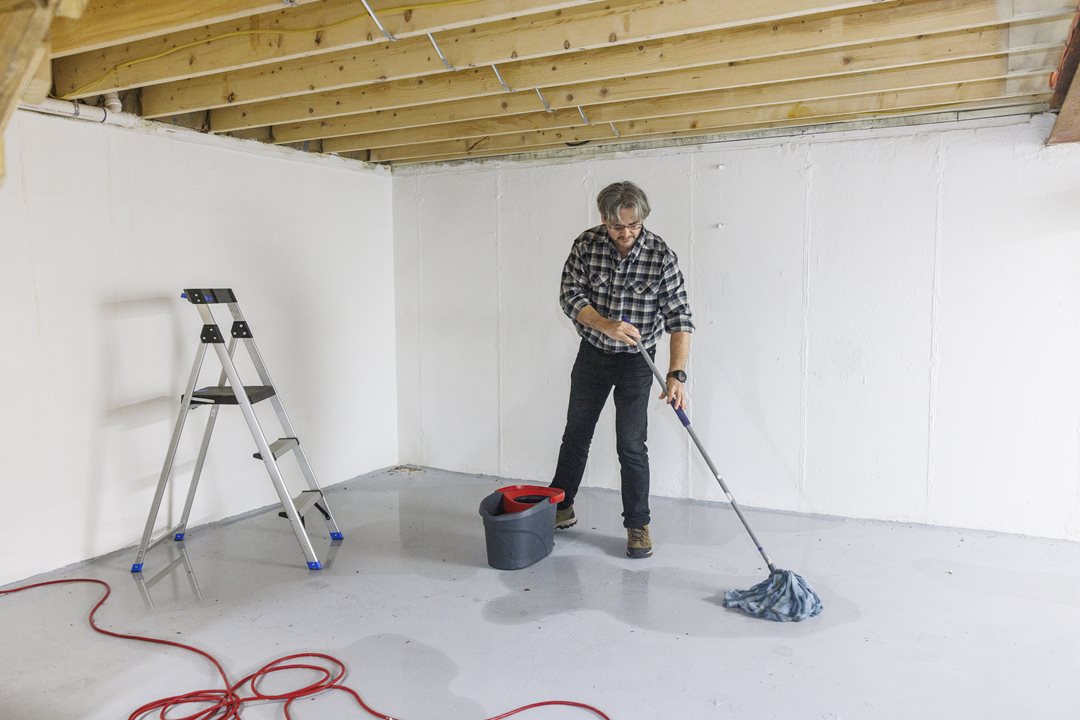Articles
What to do after the storm: fixing frozen pipes and other damage
January 18, 2024
by PEMCO Insurance
.jpg) What’s worse than freezing temperatures? The damage it can cause to your home.
What’s worse than freezing temperatures? The damage it can cause to your home. The aftermath of a storm can be worse than the storm itself. As the Pacific Northwest sees temperatures dip below freezing, and everything is starting to thaw out, now is the time to check for any damage to your home. Here are our expert tips on surveying for damage and how to take preventative measures before the next big freeze.
Frozen pipes:
Water damage from frozen or cracked pipes during a winter freeze can be one of the most expensive and catastrophic messes to clean up. If you suspect your pipes froze, here are the steps you can take to mitigate the impact.- Check your water pressure. If your water is not flowing through faucets, or toilets are not flushing you may have frozen pipes. Not all frozen pipes burst – so you will want to identify if/what pipes are damaged. Look for bulging pipes, as water expands when it freezes.
- Turn the water off at the source if you suspect frozen pipes. Shutting off water from the tank will help you stop damage while you are assessing and mitigating known issues.
- Slowly thaw frozen pipes. Use a heat source safely to thaw any pipes (beware of electrical hazards). Safely capture any water that escapes, if possible, with a bucket and towels.
- Identify and repair any leaks if possible. For small leaks, at home repair kits can be a quick fix.
- Call the experts. If you have damage to flooring, walls, or personal belongings, assess the damage, and start drying out the area to mitigate long term damage. If you suspect a leak, but you cannot access it, call the experts to assess immediately – long term damage to leaks can be costly and dangerous.
- Contact your trusted PEMCO claims team for a guided experience through the process.
Roof remedies:
High winds, heavy snow or ice can damage your roof, which you rely on to keep the elements out of your home.- Check your roof and gutters. Once the storm has passed, ice has thawed and it’s safe – spot check your room to assess the damage.
- Inspect indoors. Sagging or drooping ceilings, leaks, sticky door jams or new wall cracking can be signs of a compromised roof.
- Fix what you can. Restore broken or lost shingles, repair and clean gutters and check for any potential leaks.
- Call a professional for large repairs. If winter storms have caused severe damage, and the integrity of your roof is compromised get it fixed immediately. Check indoors for signs of condensation or more significant leaks.
Take preventative measures:
Once the storm has passed, you can repair what has broken, and proactively take steps to better protect your home and family the next time. Here are some tips on how to improve your home’s ability to withstand the next weather event.- Assess your electrical system. Space heaters take a lot of energy to run and can put a strain on your system. Make sure you are not using multiple devices on the same outlet.
- Upgrade your surge protectors. If your surge protectors are over two years old, or if you experienced any power surges your protectors will need to be replaced.
- Check for drafts. If your heater is working overtime to keep you warm this winter, check your door and window seals. Caulk any gaps now.
- Look out for other property damage. Driveways, walkways, and outdoor stairs can take a beating with elements- make any repairs to keep these safe for yourself and visitors. Check railings, fences, and gates- these are easily broken with wind or a rogue tree branch.
- Consider your family's needs. We are only mid-way through the winter season, restock your supplies before the next storm. Make repairs while you can. Be better prepared the next time around.
While winter weather can be unpredictable, there is much we can do to be prepared and prevent severe damage to our homes, while keeping our loved ones safe.
Share on social media